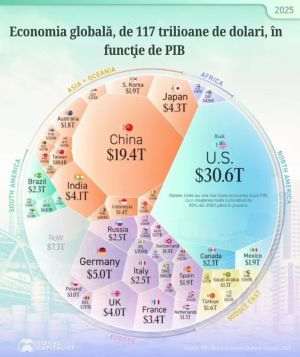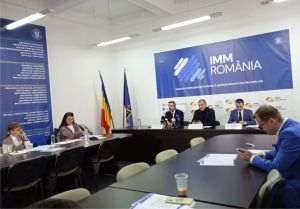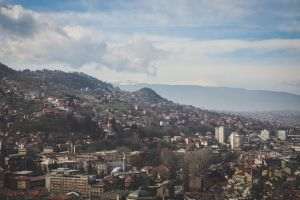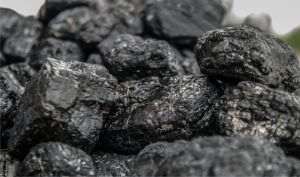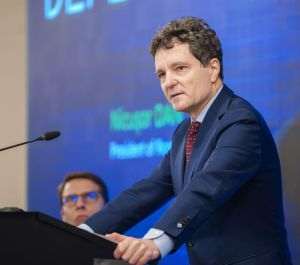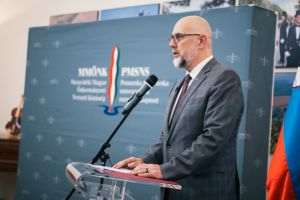The Spa Tourism Exchange held at the Aro Palace in Brasov last week attracted participants from various spas in Hungary, Bulgaria and even Portugal. Foreign competition to the traditional Romanian spas, such as Calimanesti or Sovata, appears quite strong. Hungarian competitors have set up spa clusters, which are groups of similar spas making a joint offer and enabling tourists to have a wider choice. Bulgarian competitors have outclassed Romania"s hotels built to communist standards and presented only four- and five-star hotel chains. Nevertheless, Romania"s high-quality thermal springs and medical staff are two significant competitive advantages.
Romania has most numerous thermal springs
Romanians seem hardly able to capitalize on their natural resources, whereas the neighboring Hungary seems determined to have a spa for every existing thermal spring. Although Romania"s natural resources are quite good, the human factor is a setback. "Our weaknesses are a disastrous infrastructure, poor cooperation between investors and the local authorities, the staff"s professional training and insufficient promotion by the Tourism Ministry. As strengths, we are the country with the most numerous thermal springs in Europe. Between the two World Wars we hard spas that were famous in the entire world and are now waiting to be rehabilitated," said Nicu Radulescu, President of the Romanian Spa Tourism Association.
60% of spa tourists are pensioners
Despite better conditions, Bulgarian and Hungarian resorts are cheaper. "Unless you are retired as a result of a medical condition and therefore receive subsidies, you can pay around 300 lei per day for lodging and spa treatment. This is more than tourists pay in the neighboring countries," said Liliana Becheru, the manager of a seaside hotel with a spa. In turn, Nicu Radulescu pointed out that, in general, spas had kept the prices from 2007, with the exception of the luxury spas and 4-5 star hotels, which had added 10-15%.
However, because most of the spas in Romania have the same "look & feel" they did in the communist age, most of the customers are Romanian. Moreover, most of the spas in the country are the equivalent of 2-star hotels by international standards. More than half of the customers are pensioners who benefit from medical subsidies. From their age of glory in the 1970"s, Romania"s spas have declined to only 17% of the number of tourists in the country.
